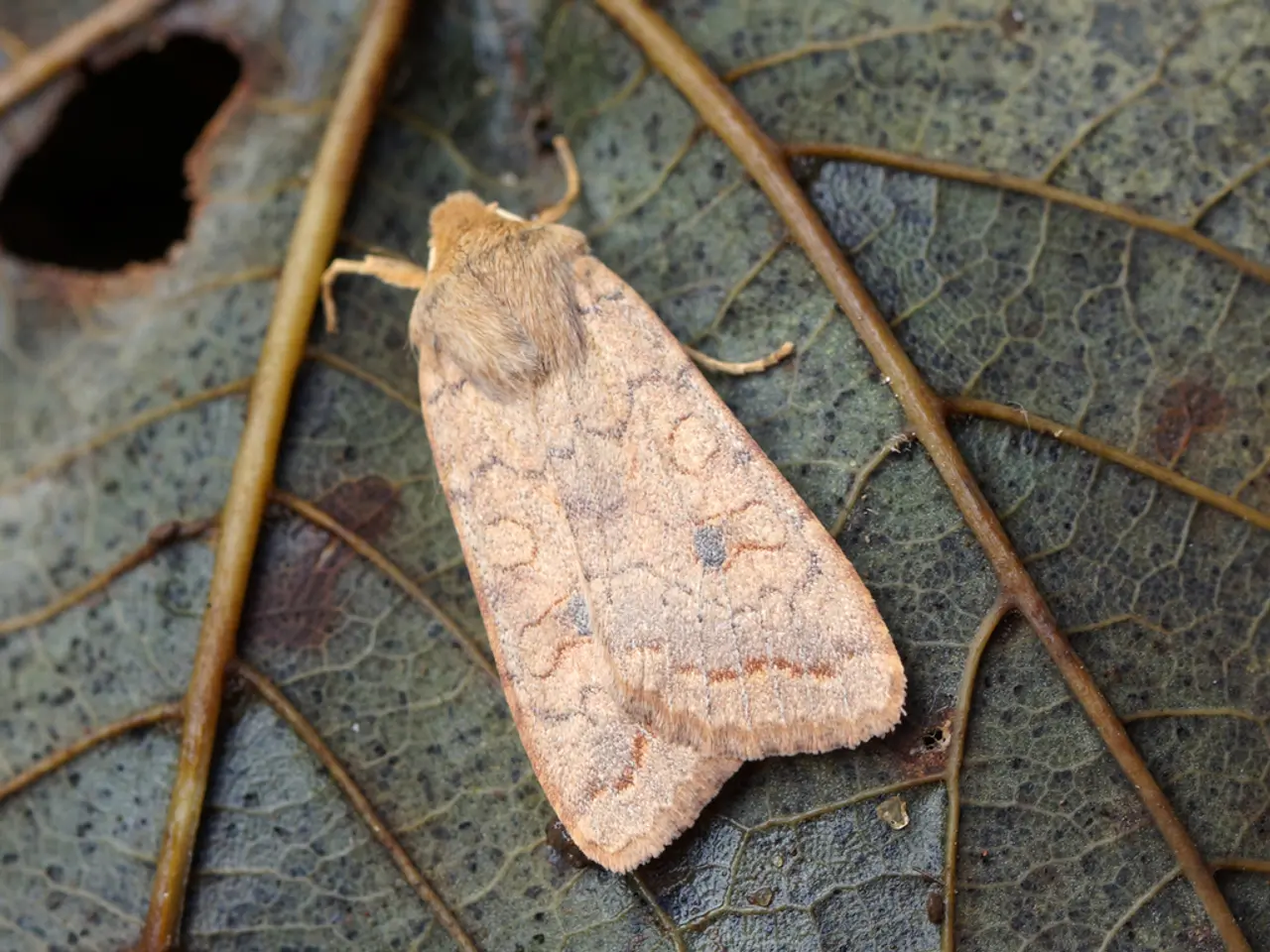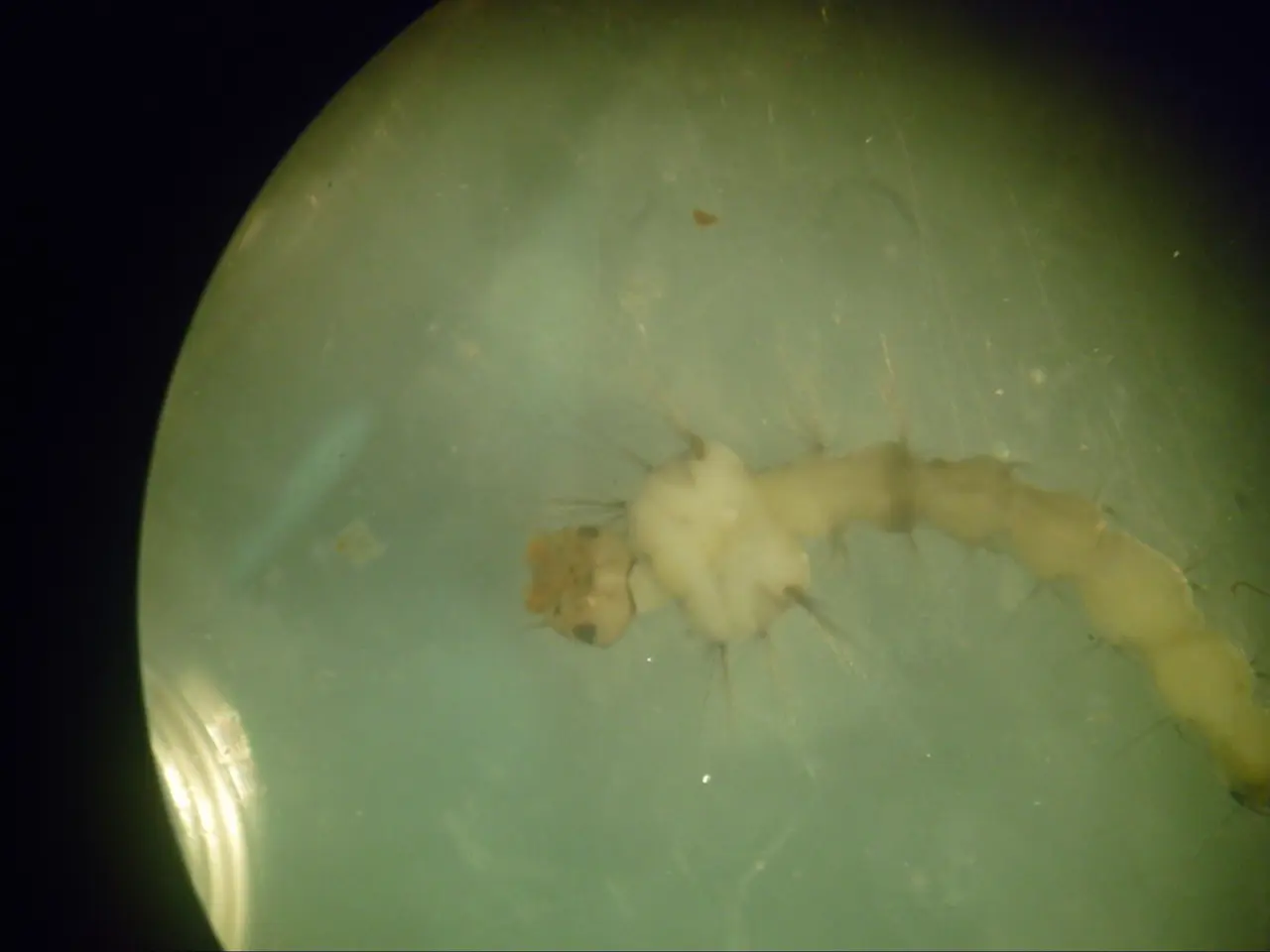Forest enthusiast and trail runner Manfred Wenzl discusses his encounter with a tick: When love for nature brings about distress
In the picturesque town of Schwandorf, a resident named Manfred Wenzl continues to grapple with the lasting effects of Lyme disease, a condition that took hold a few weeks after a fateful tick bite. His symptoms persist to this day, despite numerous tests and therapies.
The quality of life for Manfred has been significantly impacted, particularly his social life. He finds it challenging to concentrate for extended periods and experiences numbness and muscle pain in his left body half. Even a simple trip to a café on the first floor left him out of breath, as he had to take the stairs.
Manfred believes that valuable time was lost in his treatment of Lyme disease, as he did not start antibiotics immediately after the tick bite. He is now advocating for increased awareness about the dangers of ticks in nature, hoping to prevent others from experiencing the same hardships.
Meanwhile, in the world of research, progress is being made in the fight against Lyme disease. Current advancements include AI-enhanced blood tests for faster and more accurate diagnosis, potential novel antibiotic treatments, vaccine candidates, and fundamental immunological research targeting post-infection autoimmune sequelae.
Artificial intelligence-assisted blood tests aim to improve on the limitations of existing diagnostics, which often miss early infection or provide delayed confirmation. These tests could lead to earlier diagnoses and better patient outcomes.
Recent preclinical research has identified the antibiotic piperacillin as a potential breakthrough. In mouse models, piperacillin cleared the Borrelia burgdorferi bacteria at doses much lower than the commonly used doxycycline and might offer a safer alternative for some populations. However, piperacillin’s effectiveness in humans, especially for chronic or persistent Lyme disease symptoms, remains untested, and it requires intravenous administration, limiting its current practical use.
Vaccine candidates, such as VLA15, are nearing approval and monoclonal antibody prophylactics are in advanced clinical testing. If proven effective, these treatments could offer seasonal protection against infection.
Research also explores the connections between Lyme disease and autoimmune responses, aiming to develop vaccines and treatments that mitigate long-term complications by better understanding immune system dysregulation triggered by infection.
Unfortunately, Lyme disease continues to pose a threat, as evidenced by a recent wolf attack in a nature reserve in the Netherlands. Authorities are tightening their warning to the public due to this incident.
Elsewhere, news of a different nature unfolded as a councilor from Mannheim organised a FKK-Swinger trip to France. The trip was joined by 44-year-old Mimi from Rhineland-Palatinate.
In other news, the German-American Volksfest was missed by Bavarian Prime Minister Markus Söder due to traffic. The festival, a model of people's understanding and intercultural cooperation, continues to bring joy to many every year.
Lastly, the tragic death of former biathlete Laura Dahlmeier continues to evoke much sympathy. Mountain climber Thomas Huber has reported on new details about her rescue.
- Other residents in Schwandorf, like Manfred Wenzl, may face similar struggles with chronic diseases, such as chronic kidney disease, given the prevalence of ticks in nature.
- Manfred's journey with Lyme disease highlights the importance of fitness and exercise for maintaining health and wellness, as it might have alleviated some of his symptoms.
- CBD, a natural substance known for its potential therapeutic benefits, could potentially be used to manage some Lyme disease symptoms, meriting further investigation in future medical-conditions research.
- The growing interest in sports, like football, in European leagues such as the Premier League, underscores the significance of ongoing sports-analysis to monitor athlete health and prevent injuries.
- Manfred could turn to mental-health resources to help cope with the challenges posed by his condition, along with pursuing the physical fitness to better equip himself for daily life.
- As researchers continue to work on Lyme disease treatments, they might find inspiration in applying the principles of fitness and exercise to enhance the immune system, aiding in the fight against chronic-diseases like Lyme disease.
- The football world has its own challenges, reminiscent of those faced by Manfred: the need for careful analysis, strategy, and quick action to overcome obstacles and ensure success.




